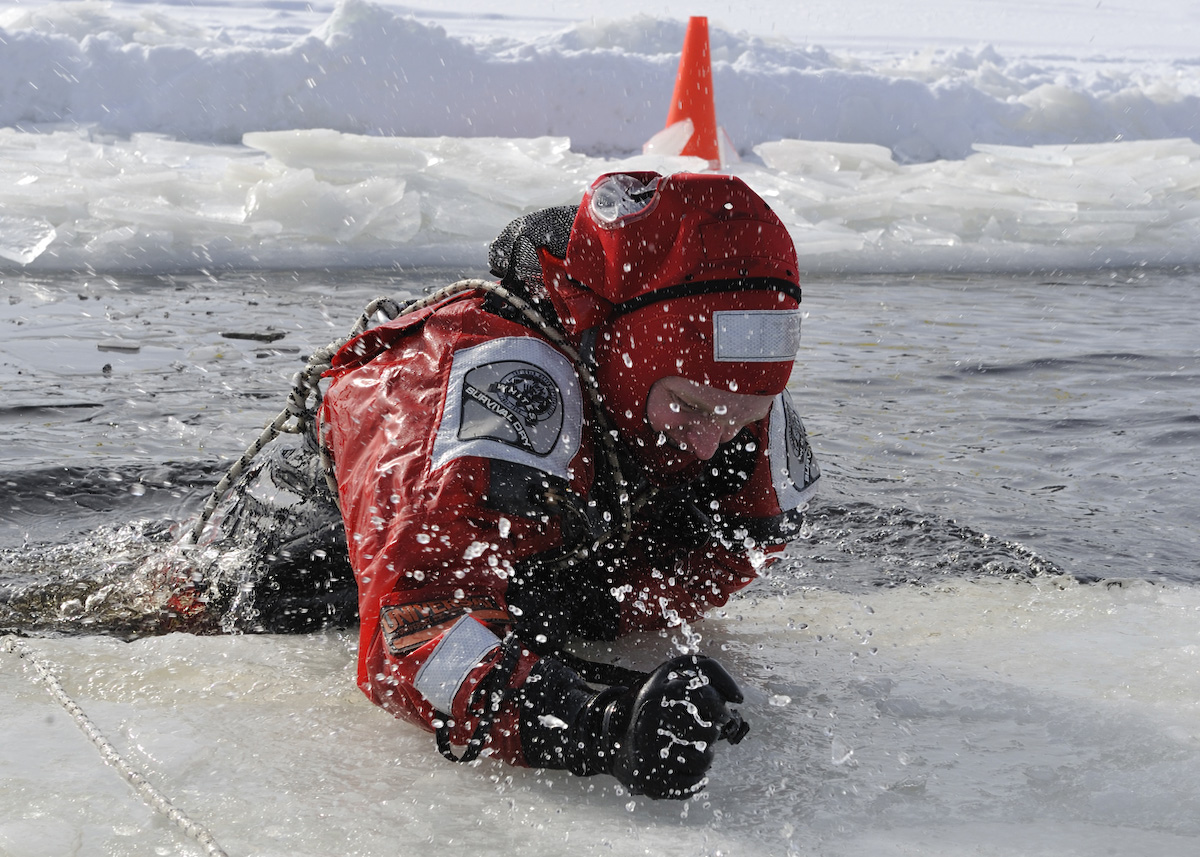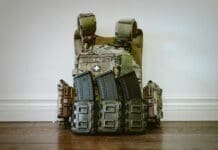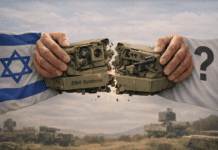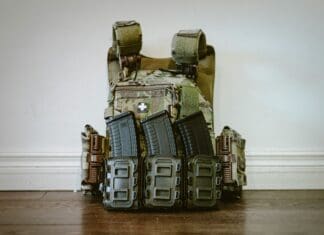
This post is also available in:
 עברית (Hebrew)
עברית (Hebrew)
Within the framework of a new defense policy, the Canadian government plans to enhance and expand Canadian Ranger training while strengthening capabilities within the Armed Forces. The Canadian Rangers will get new C19 rifles, replacing Lee-Enfield .303 rifles that have been a mainstay of the Rangers since 1947. Defense Minister Harjiit Sajjan said the “new rifles perform extremely well in the conditions well below freezing,” and will support surveillance and patrols in the North.
The new C19 rifles are an improved version of the FTC Tikka T3 developed by SAKO (Finland), and manufactured under license by Colt Canada. They are more robust, and operate more reliably at temperatures well below freezing, an essential feature to ensure the smooth operation of Canadian Rangers in the Arctic, according to ottawacitizen.com. The new rifles have a unique red and black pattern, designed to make them visually identifiable from a distance. Rangers across the country will receive the new rifles over the next few years, according to the minister. There are some 1800 Canadian Rangers and 1400 Junior Rangers form 60 patrol groups in 42 communities across the North.
“The military presence we provide in support of our sovereignty in the Arctic is extremely important and valuable to us,” says Minister Sajjan, as reported by myyellowknifenow.com.
Minister Sajjan says the government also plans to replace the squadron’s CC-138 Twin Otter aircrafts before their end of life. The aircraft are used in transport and support roles to the Canadian Forces’ northern operations and in search and rescue (SAR) missions.
























